Significance of Tintagel Castle
In its earliest phase Tintagel was economically one of the most important sites in the whole of Britain, closely involved in trade with the eastern Mediterranean. Its literary fame seemingly arose later out of that earlier significance, and subsequently inspired the medieval castle. The international renown of the site, arising from its exceptional and romantic situation, has thus influenced its physical history.
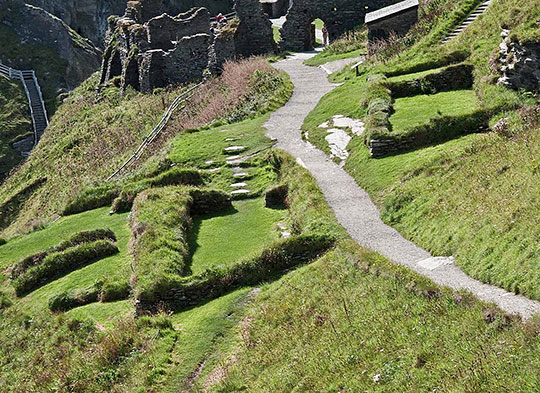
Occupation in the 5th to 7th centuries
Tintagel Castle was a prosperous and highly significant site for about 150–200 years, from about AD 450 until AD 650. Its precise function is not known, but it was closely involved in trade with the Mediterranean world. Its prominence and defensible nature suggest that it may have been a stronghold of the rulers of the south-west peninsula, probably of the combined kingdom of Devon and Cornwall.
The precise role of Tintagel in the trade is not clear: either it was a primary trading site, where the imported goods were landed and exchanged, or the actual trading took place elsewhere and the goods were brought here for use.
Within this broad interpretation there are various possibilities for its precise use. It would have been well placed for controlling trade in the area, both because of its own seaward view, and because of being readily sighted from the sea. The Mediterranean trade would have taken place mainly in summer, when Tintagel is suited for occupation. But it cannot have been simply a trading-station, since so many of the goods were used and consumed on the site.
British kingship during this period was peripatetic, and Tintagel would probably have been one of several royal sites in Devon and Cornwall. It has also been suggested that the headland could have served as a site for royal inauguration ceremonies. A foot-shaped hollow in a rock on the summit, known as King Arthur's Footprint, might have played a part in such ceremonies. These would have been accompanied by feasting, and would well explain the quantities of expensive goods consumed on the site.
Place in Arthurian Legend
Tintagel’s legendary fame appears to have been a result of its earlier significance, which inspired Geoffrey of Monmouth to name it in his History of the Kings of Britain as a stronghold of his fictional Duke of Cornwall and the place where Arthur was magically conceived.
By the time Richard, Earl of Cornwall, came to build his castle here in the early 13th century, it was probably the site’s literary renown that moved him to do so, since the site did not serve any administrative or strategic purpose.
In the 19th century Tintagel gained its full prominence, as a result of renewed interest in medieval literature and history. The connection was cemented by Alfred, Lord Tennyson, in his Idylls of the King. Visitors began to come in large numbers, and the nearby village, Trevena (renamed Tintagel in the mid-20th century), expanded to cater for them.
read more about Tintagel Castle
-
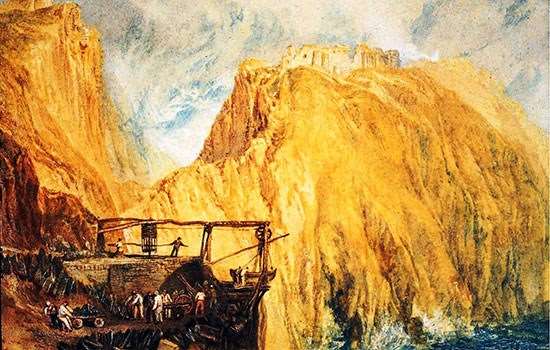
History of Tintagel
Read an in-depth history of the castle from its origins in the Roman period to the present day, and find out why Tintagel’s history and legends are so intertwined.
-
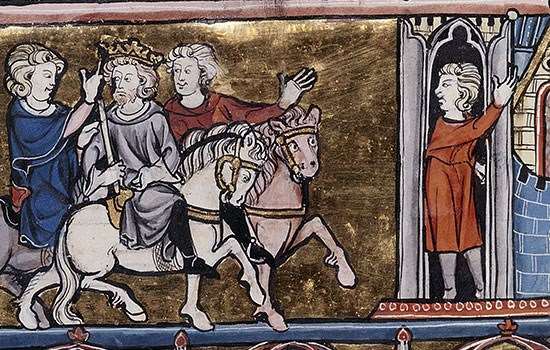
Earl Richard of Cornwall, King Arthur and Tintagel Castle
Discover why the legend of King Arthur led one of the richest men in 13th-century England to build a castle at Tintagel.
-
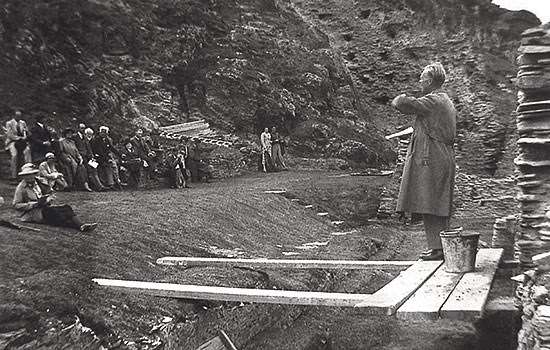
Research on Tintagel Castle
Find out how archaeology has transformed our understanding of Tintagel over the last century, and what remains to be discovered by further research.
-
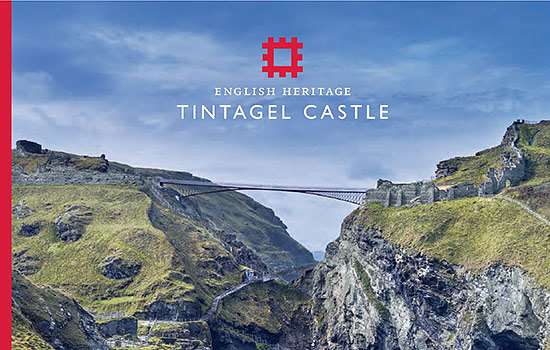
Buy the guidebook
Beautifully illustrated with plans, maps and historical images, the guidebook includes a tour and a history of the site and the people associated with it.
-
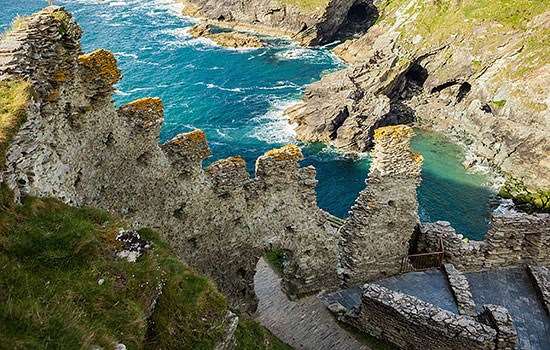
Description of Tintagel Castle
Read a description of the remains of the castle and earlier settlement on the island and mainland at Tintagel.
-
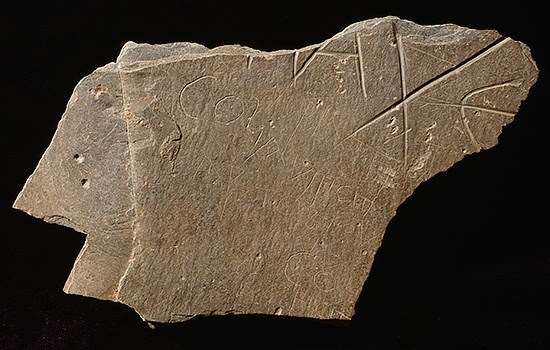
Tintagel Castle Collection
Explore in detail ten key objects found at Tintagel and find out what they tell us about the castle.
-
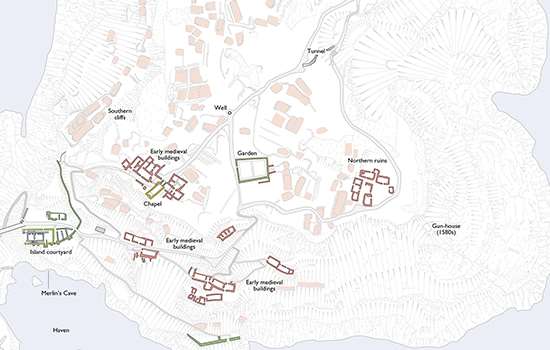
Download a Plan
Download this PDF plan of Tintagel to explore the castle and see how it has developed over time.
-
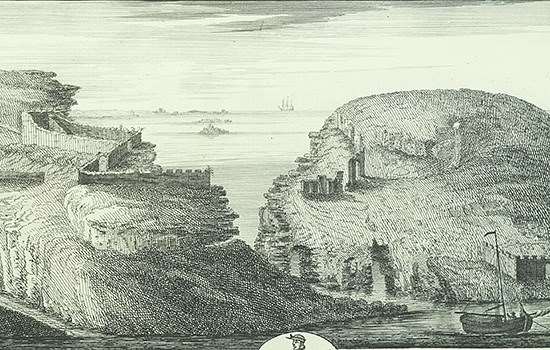
Sources for Tintagel Castle
Use this list of visual and written sources, published and unpublished, to learn more about Tintagel Castle and its history.